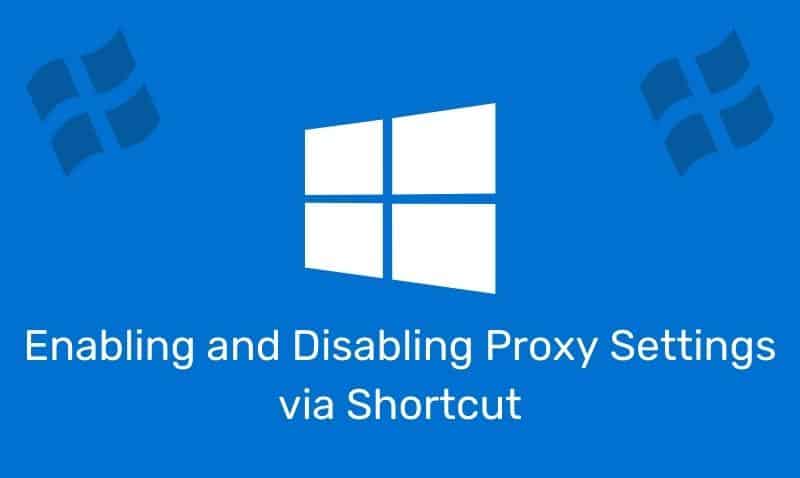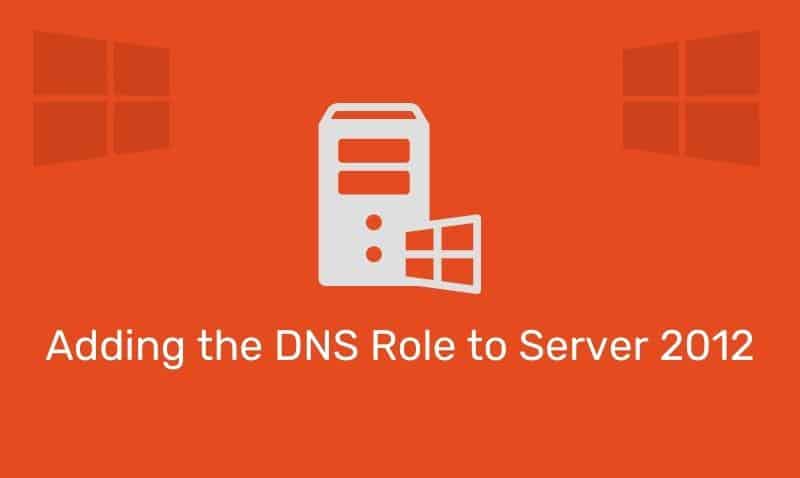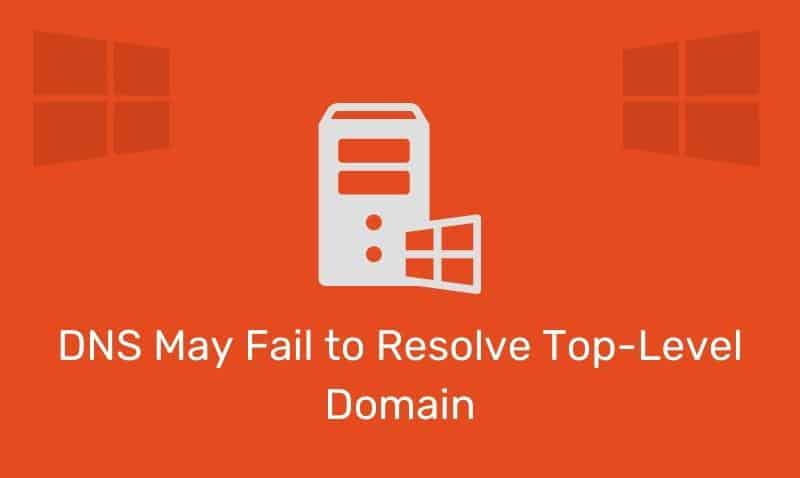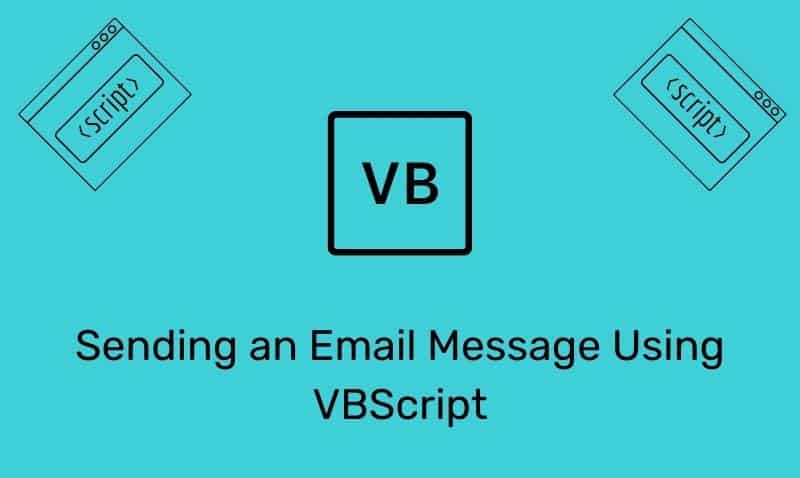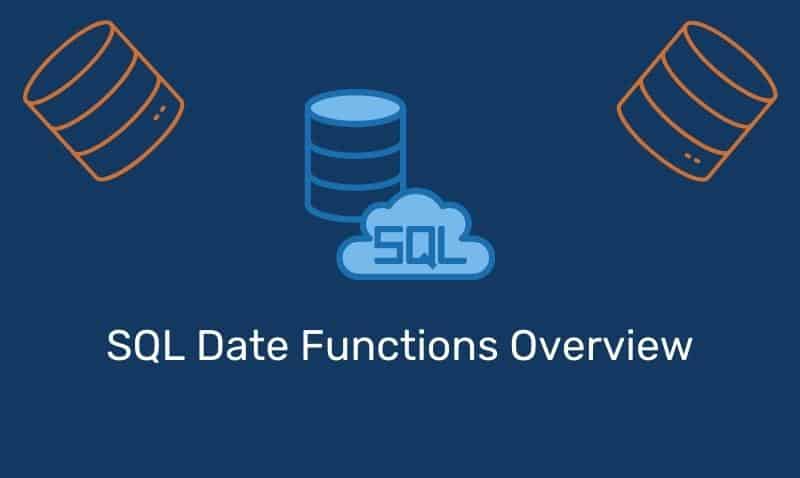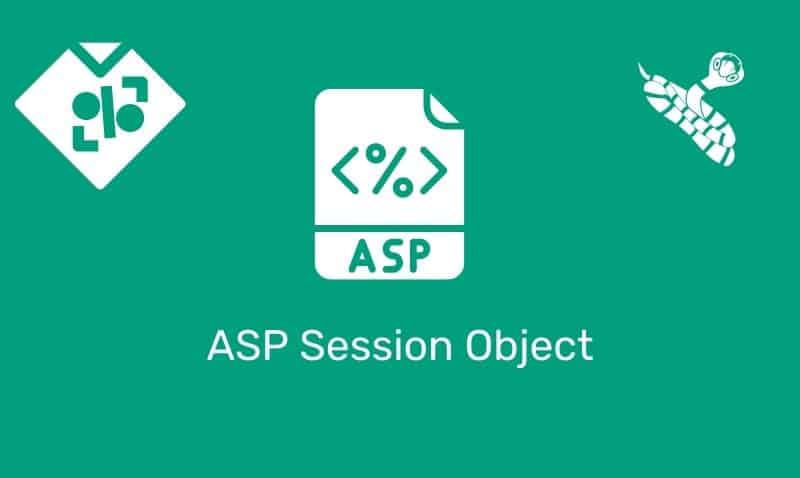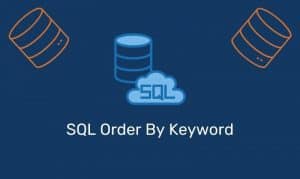The Windows Internet Naming Service (WINS) is a Microsoft implementation of the NetBIOS Name Service (NBNS), a name server and service for NetBIOS computer names. WINS provides a central mapping of NetBIOS names to IP addresses, very similar to DNS and hostnames.
The WINS system is comprised of two parts, a Server Service that manages the central Jet Database, replication, and client registrations, as well as a TCP/IP client component that manages the client’s registration, and querying of the name server.
When you deploy WINS servers on your network, end users can access network resources by NetBIOS names. In addition, NetBIOS-enabled applications can perform name queries against your WINS server to resolve NetBIOS names to IP addresses.
Role of WINS
Although NetBIOS and NetBIOS names can be used with network protocols other than TCP/IP, WINS was designed specifically to support NetBIOS over TCP/IP (NetBT). Since NetBIOS names resolution was the primary source of resolving names on legacy networks, networks needed a service that would provide clients with the ability to resolve names so that resources can be easily accessed without having knowledge of the resource’s IP addresses.
In pre Windows 2000 domains, WINS was required when domain resources spanned multiple subnets. In a multi-segmented network, broadcasts could not be used to resolve names since broadcast packets do not traverse router interfaces.
Alternatively, LMHOSTS files can be used, but they are not easily managed and the use of LMHOSTS does not scale well in larger environments. Therefore WINS would be deployed so that clients could query a central source for resolving names to IP addresses. On Active Directory domains, WINS is no longer required as modern Windows clients use DNS as the primary name resolution service.
WINS Design
When designing WINS for your network, it is common to include more than one WINS server to ensure your clients have a reliable and highly available NetBIOS name resolution service. Each WINS server should be in a push/pull replication configuration.
When more than two WINS servers are required, the best practice replication model is the hub and spoke model where one WINS server is considered the central server (hub) and the remaining WINS servers (spokes) replicate through a single hub. This ensures that the replication convergence is optimal so that all WINS servers maintain an identical set of databases.
Each WINS server holds a full copy of every other related WINS system’s records. There is no hierarchy in WINS as in DNS. All WINS clients should be configured to use a primary WINS server and a different secondary WINS server. WINS clients can be configured dynamically through DHCP scope options (044-WINS/NBNS Servers and 046-WINS/NBT Node Type).
WINS Clients
WINS clients attempt to register their names with a WINS server when they start or join the network. After the registration process has been completed, clients will query the WINS server to resolve NetBIOS names as needed.
WINS-enabled clients are computers that are configured to use WINS servers for NetBIOS name resolution. Most WINS clients typically have more than one NetBIOS name that they must register for use with the network.
For example, clients will not only register their computer name, but also the services they are running such as the Server Service, or the Messenger Service so that other clients can find these resources by querying the WINS server. Here are the typical steps involved in client registration and name resolution:
WKSTA-Asends a name registration request to its configured primary WINS server (WINS-SRV-A) when it starts up and joins the network.WINS-SRV-Aaccepts the registration and updates its local WINS database.WKSTA-Bneeds to accessWKSTA-Aby resolvingWKSTA-A‘s NetBIOS name, so it requests the IP address from WINS server,WINS-SRV-A.WINS-SRV-Aresponds toWKSTA-Bwith the IP address ofWKSTA-A.WKSTA-Bdirectly communicates withWKSTA-Ato access its resources.
WINS Benefits
On Legacy Windows networks, WINS name resolution reduces NetBIOS name query broadcast traffic because clients can query a WINS server directly instead of broadcasting queries. WINS enables the Computer Browser service to collect and distribute browse lists across IP routers.
The WINS dynamic name-to-address database supports NetBIOS name registration and resolution in environments where DHCP-enabled clients are configured for dynamic TCP/IP address allocation. The WINS database also supports centralized management and replicates name-to-address mappings to other WINS servers.
In addition, WINS and DNS can be used in the same environment to provide combined name searches in both namespaces. Keep in mind that if you do not have pre-Windows 2000 clients, a multi-segmented network, and/or applications that require NetBIOS to function, WINS is not required to be implemented on the network.
